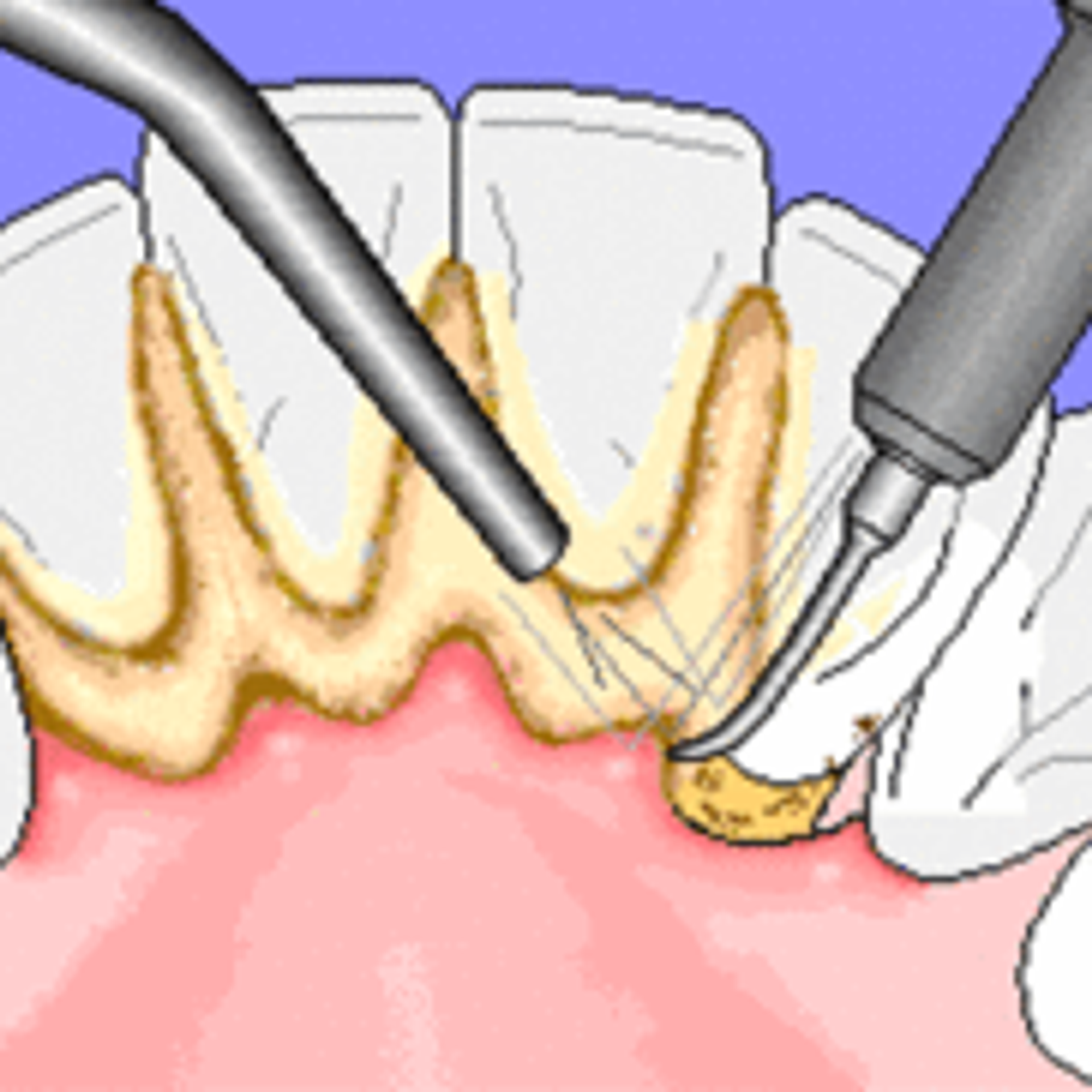
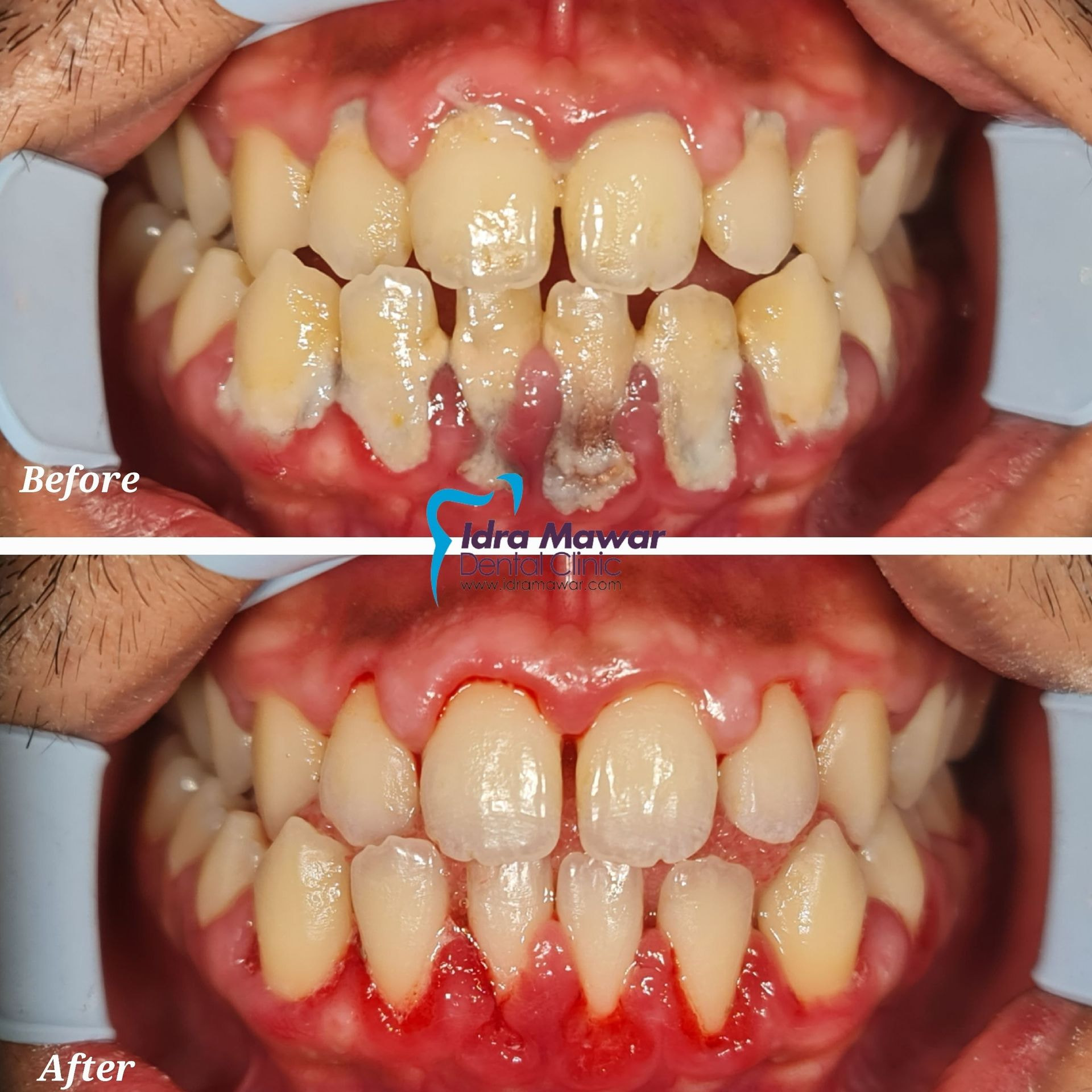.jpg)
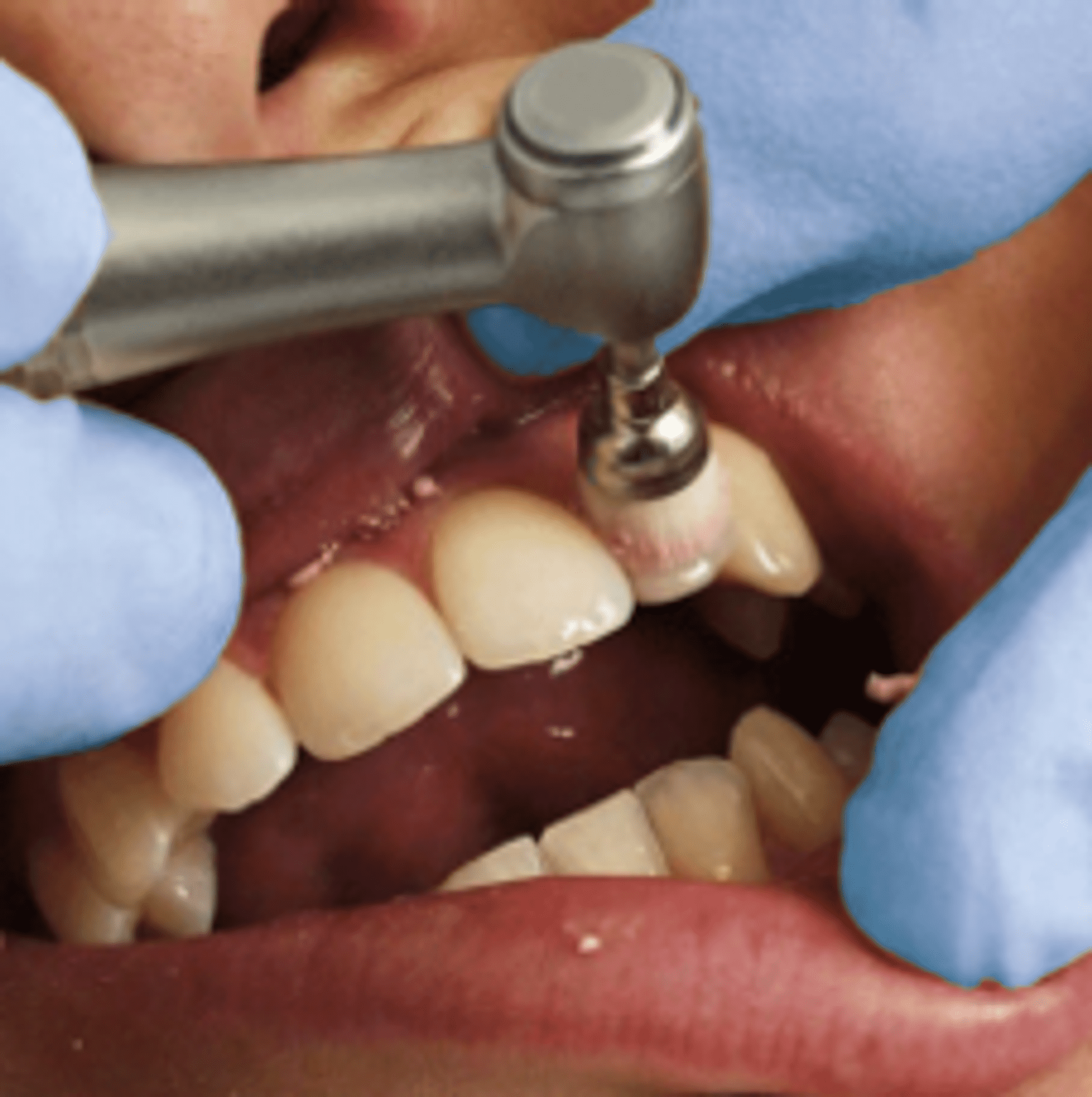
How often do we need to go for dental check ups?
To maintain good oral health, it is vital to visit your dentist every 6 months. Going for your regular check-ups helps keep your gums and teeth healthy. It also allows early detection of any problems such as gum disease, cavities and oral cancer.
Why do you need to do scaling & polishing?
.png)
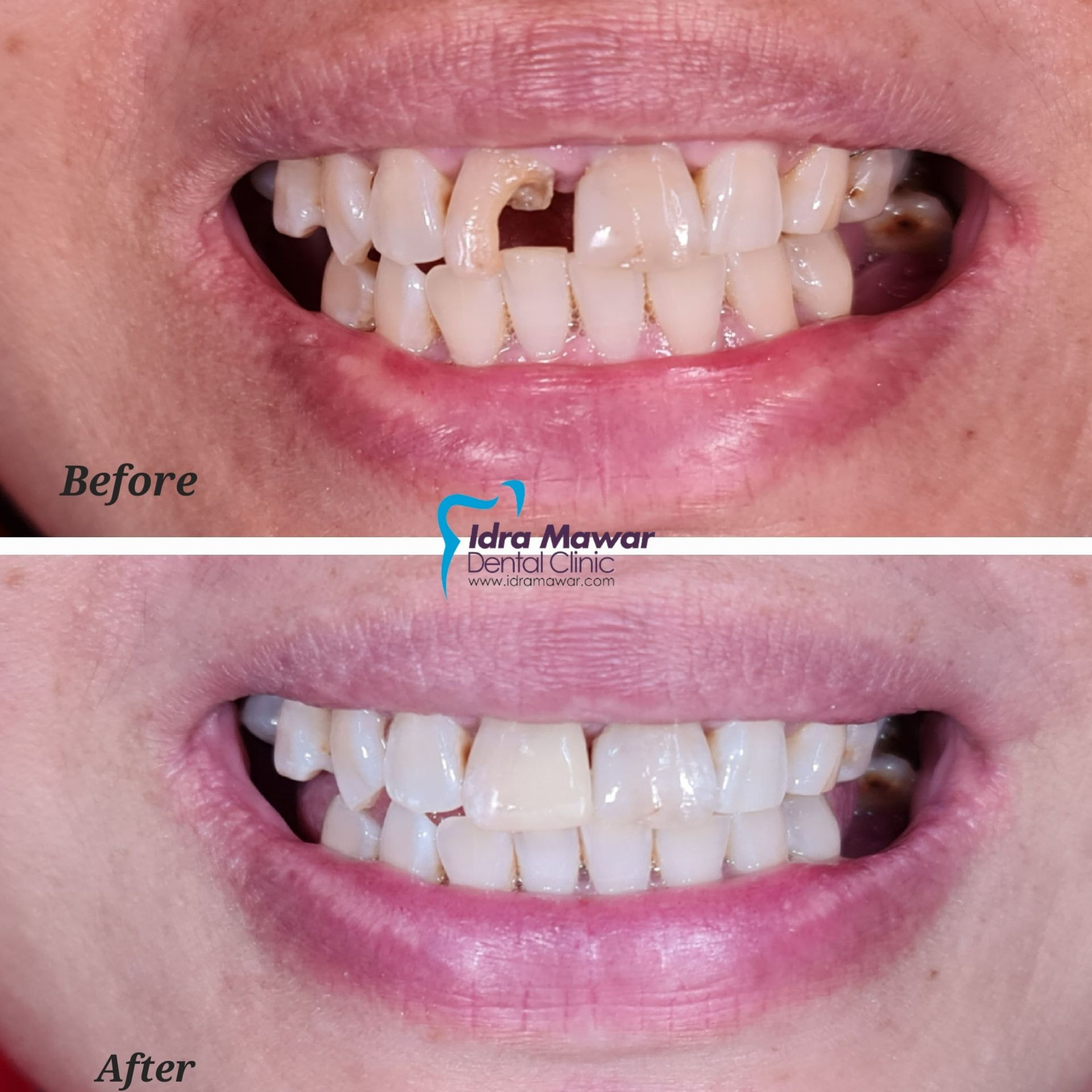
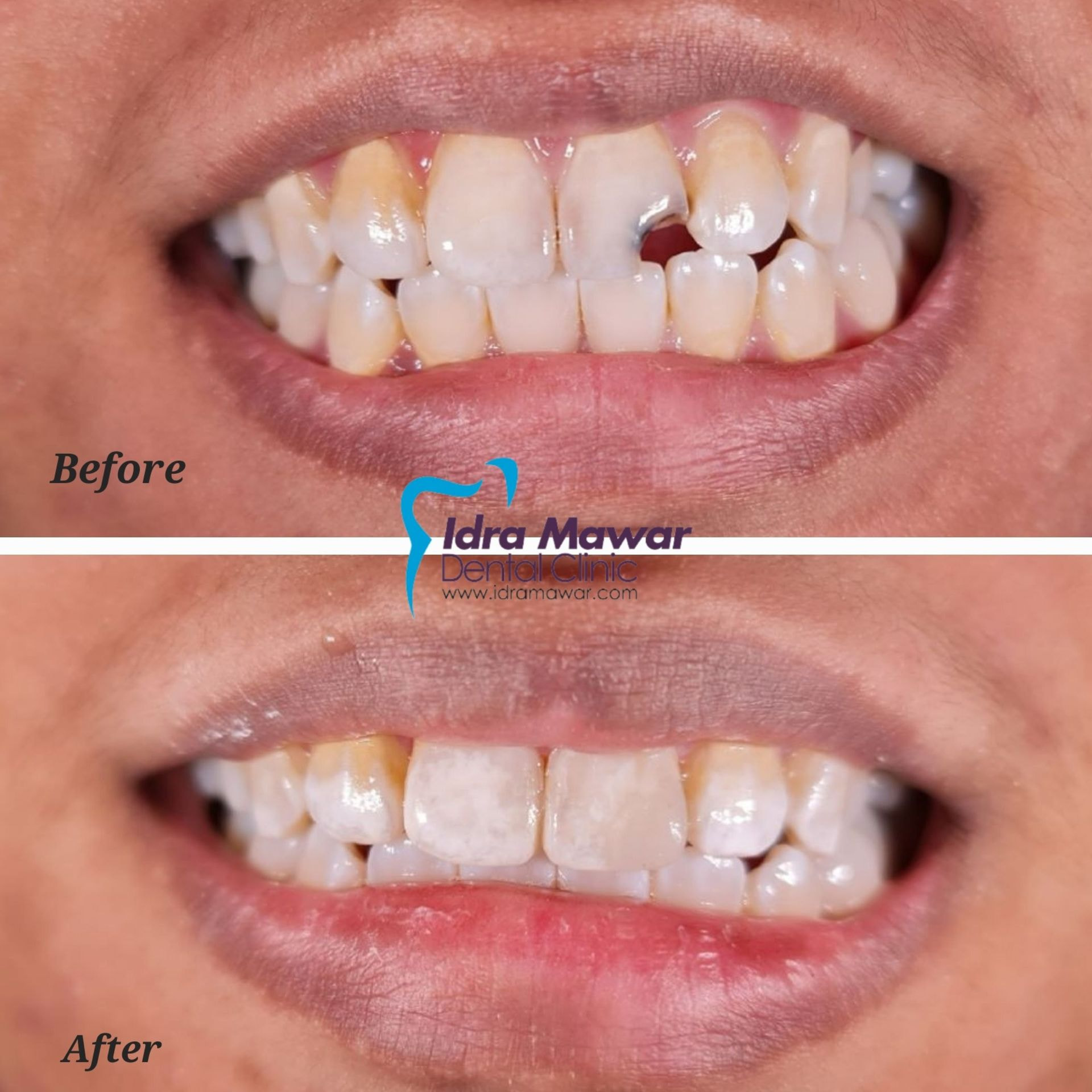
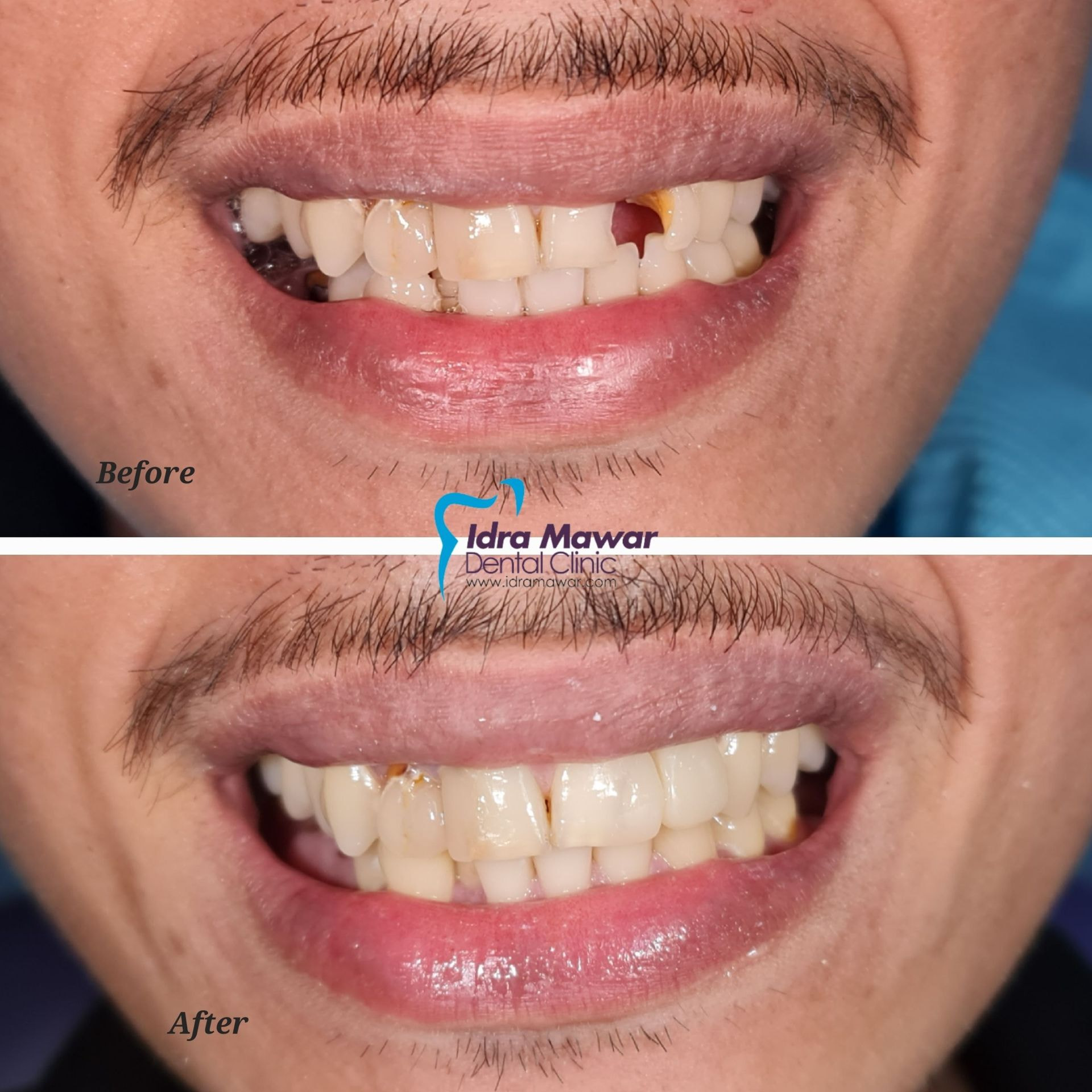
Why are most tooth fillings silver?
A silver tooth filling is made from amalgam, a combination of metals that include mercury, silver, tin, and copper. Amalgam has been the standard of care in dentistry for over a century because its durability, long lifespan, and its affordability compared to other cavity filling materials . However, dental clinics are moving forward towards usage of tooth coloured fillings.
What are resin composite fillings?
Can we directly eat after filling treatment?
.png)
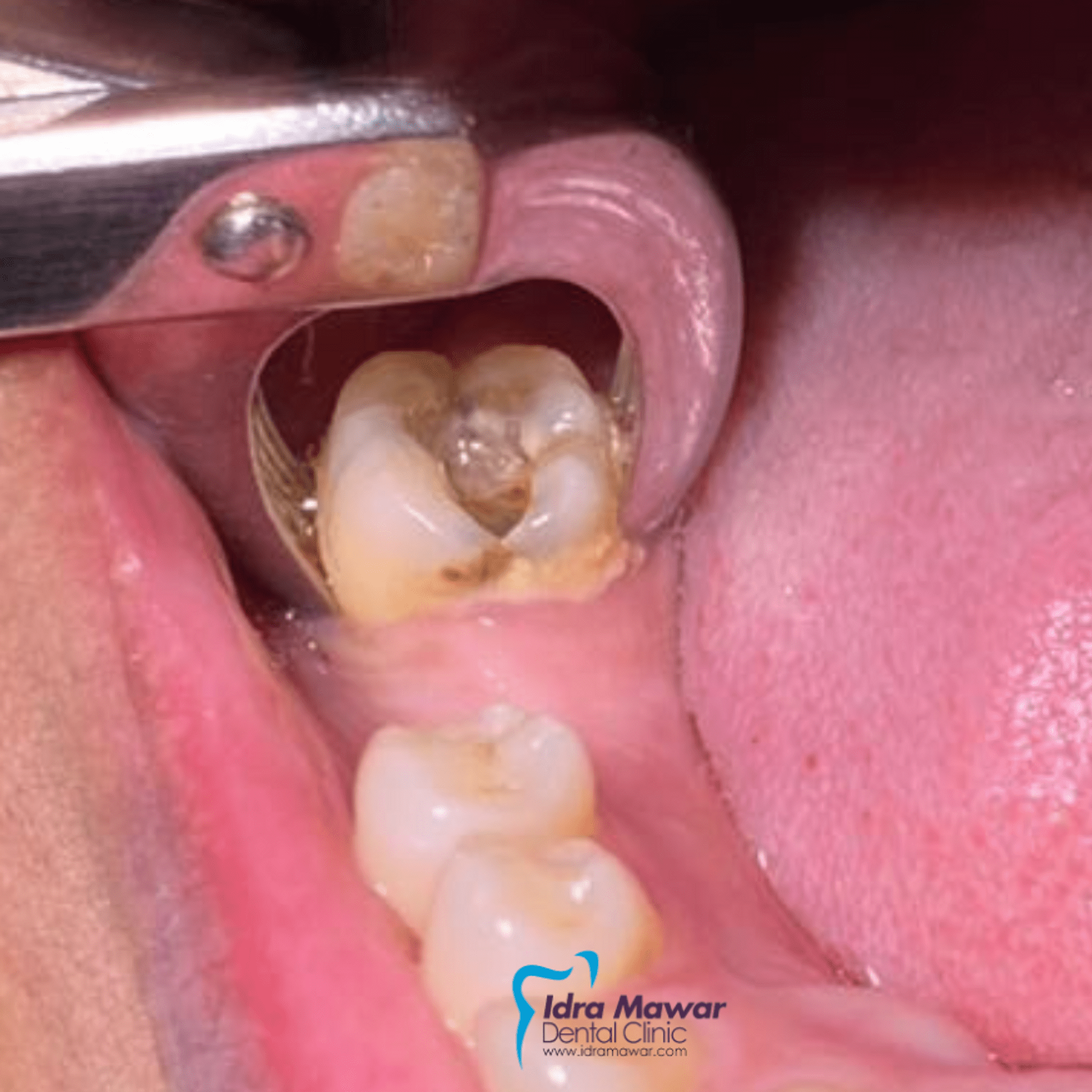.png)
What is a tooth extraction?
A tooth extraction means having a tooth removed and is done for a variety of reasons. The decision to extract a tooth is typically made after disease is discovered, a tooth suffers a traumatic injury, or crowding in the mouth exists.
.png)
OPG X-RAY
An OPG is a panoramic or wide view x-ray of the lower face, which displays all the teeth of the upper and lower jaw on a single film. It demonstrates the number, position and growth of all the teeth including those that have not yet surfaced or erupted. An OPG may also reveal problems with the joint which connects the jawbone to the head, called the Temporomandibular joint or TMJ.
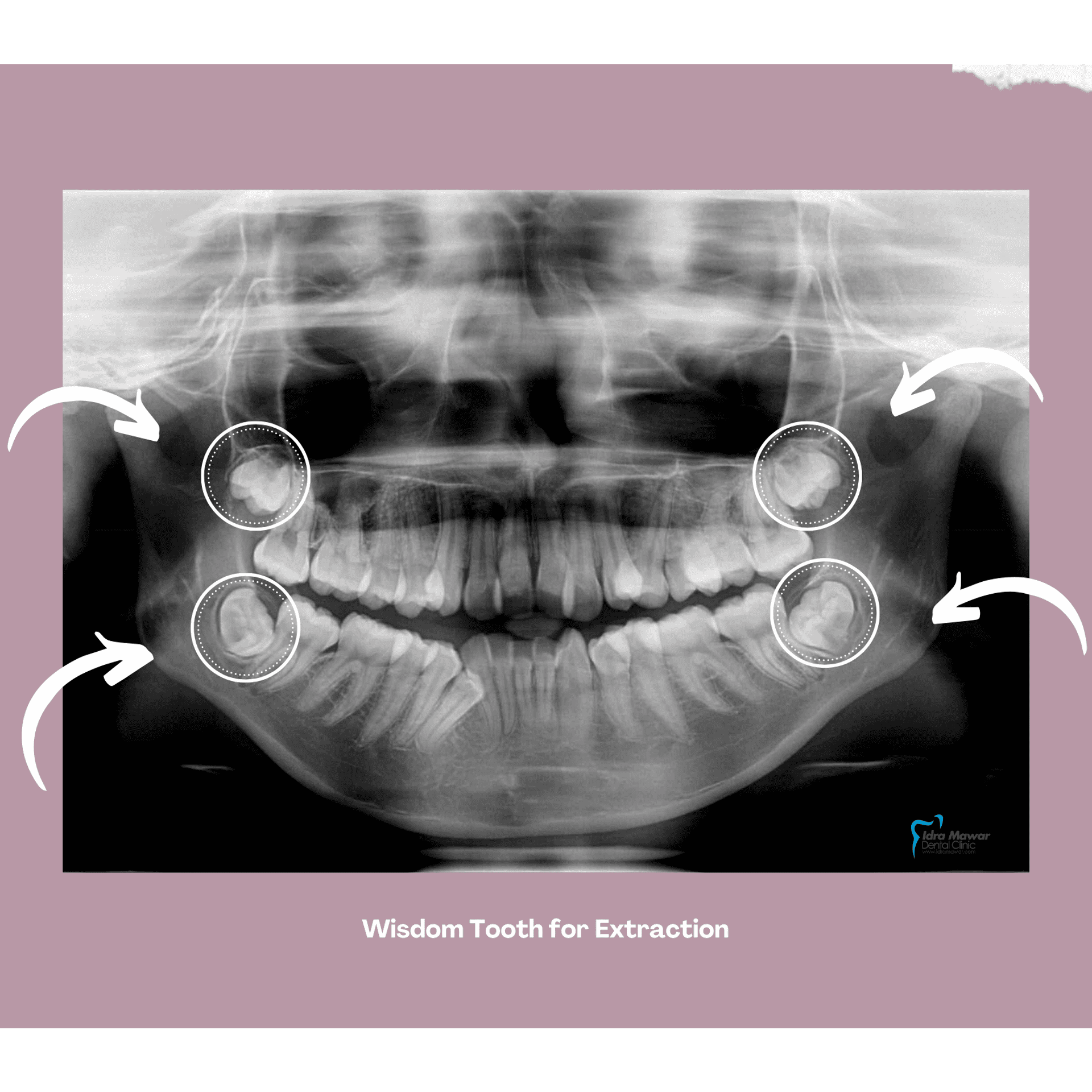.png)
LATERAL CEPH X-RAY
Taken from the side of the face with very precise positioning so that various measurements can be made to determine the current and future relationship of the top and bottom jaw (maxilla and mandible) and therefore assess the nature of a patient's bite.
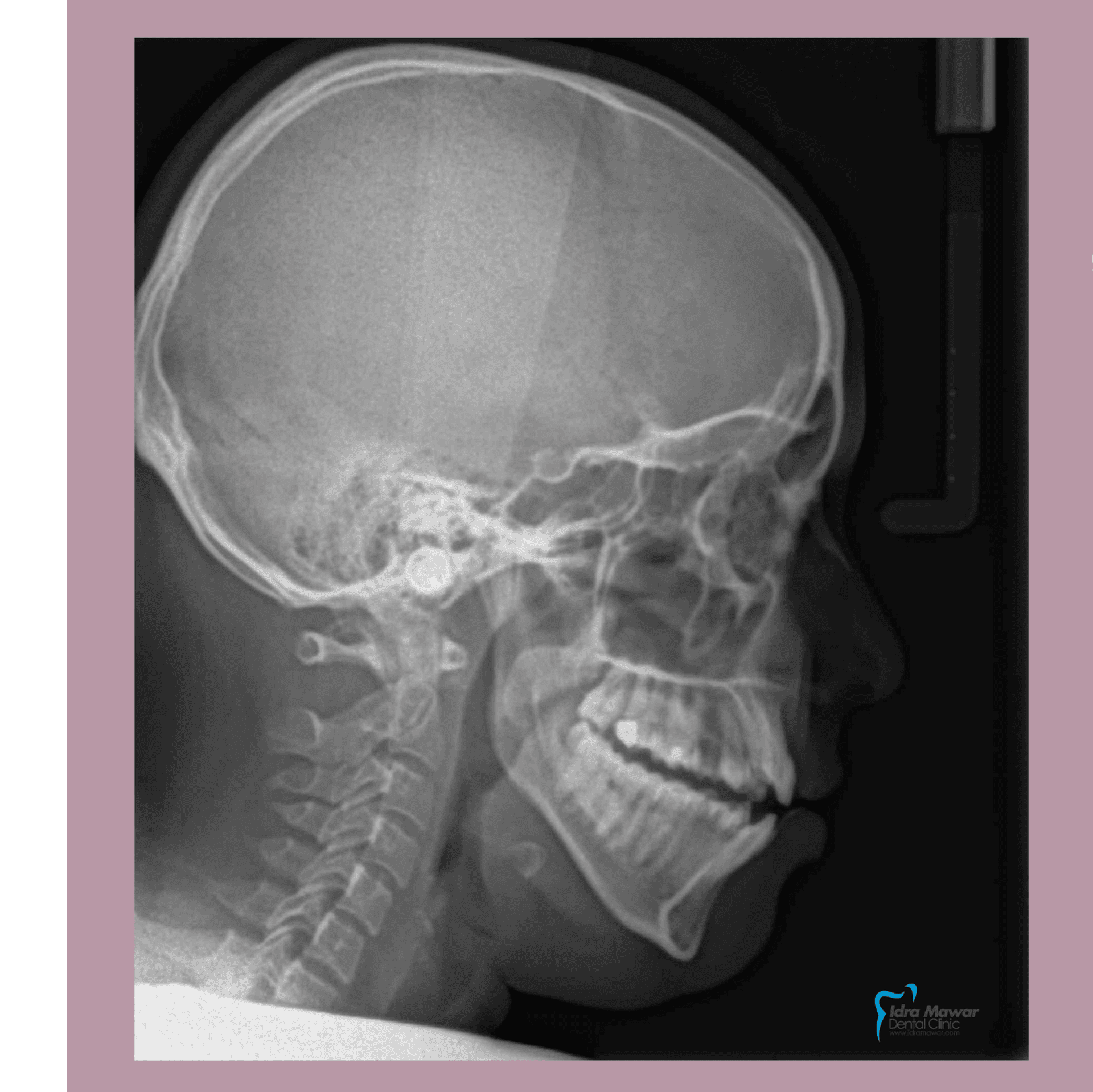.png)
CONE BEAM CT (CBCT)
Cone Beam Computed Tomography provides fast and accurate visualisation of bony anatomical structures in three dimensions. CBCT scanning resolution is higher, with less artefact and scatter. The scan field of view can also be reduced to image of a particular site thus lowering the radiation exposure associated with each scan.
.png)
PERIAPICAL X-RAYS
Show the whole tooth from the crown, to beyond the root where the tooth attaches into the jaw. Each periapical x-ray shows all teeth in one portion of either the upper or lower jaw. Periapical x-rays detect any unusual changes in the root and surrounding bone structures.
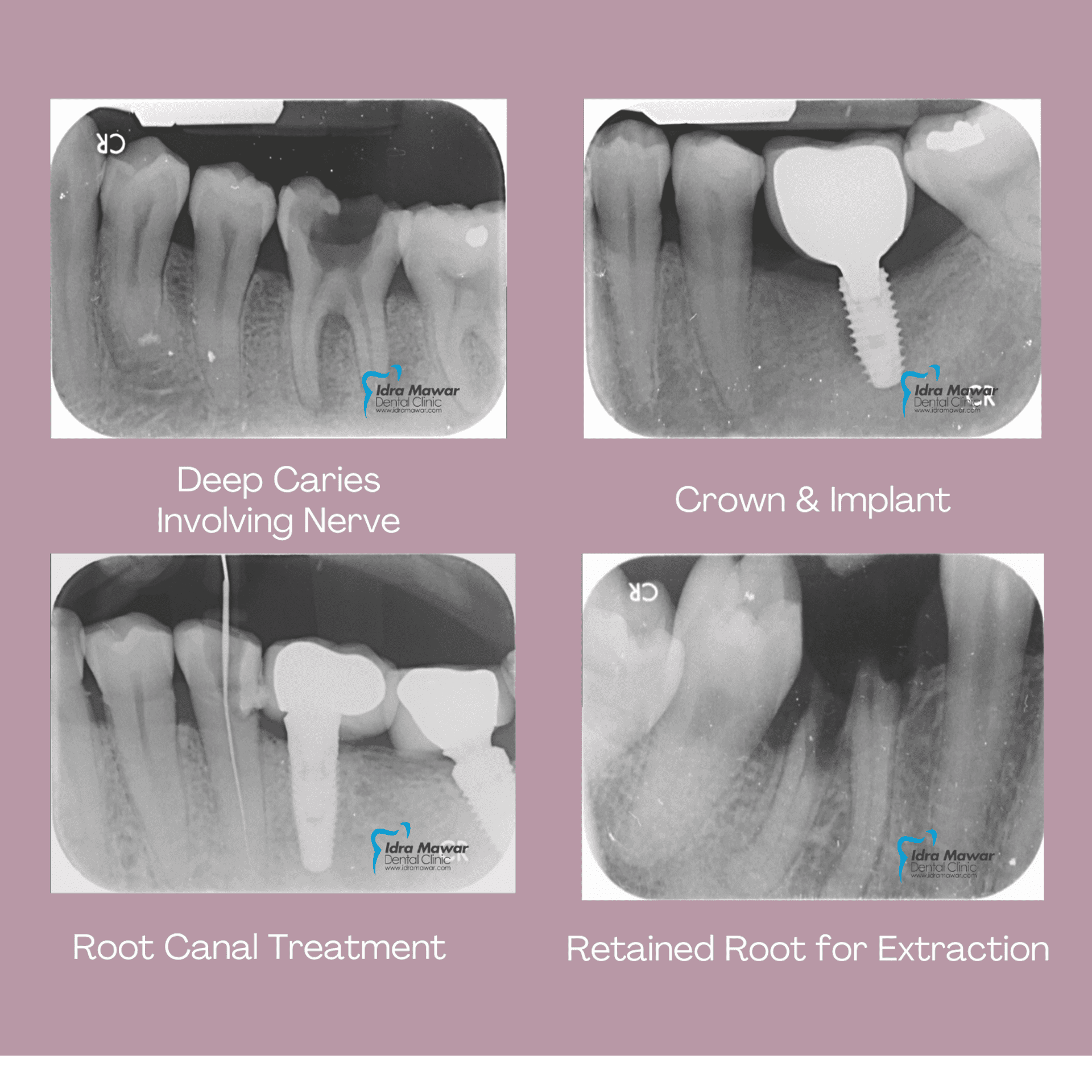.png)
Why have I been asked to have a CBCT scan?
The scans are useful in many different types of dental treatment, especially for dental implant planning, managing impacted teeth and root canal treatments.
What does the scan look like when it is done?
.png)